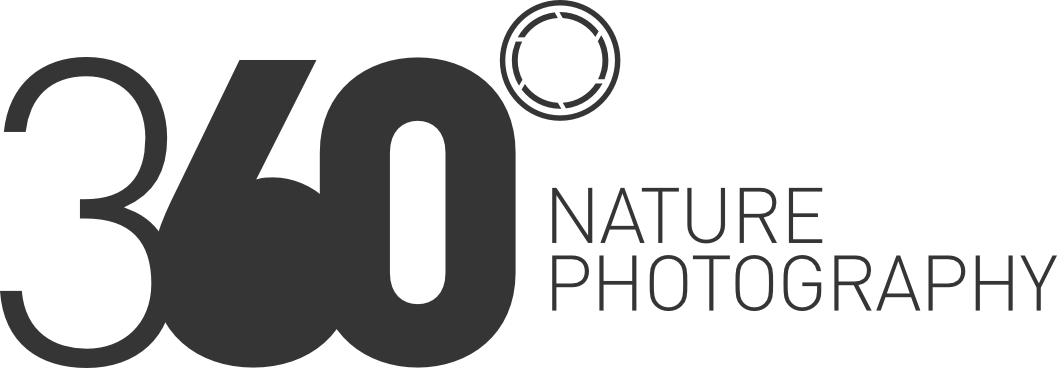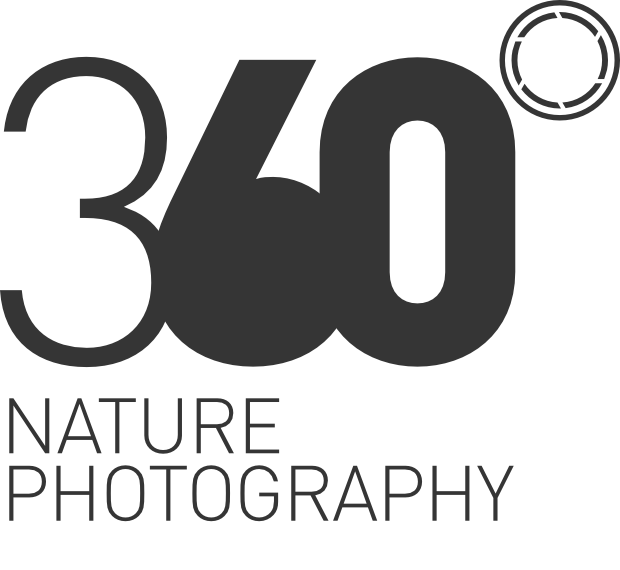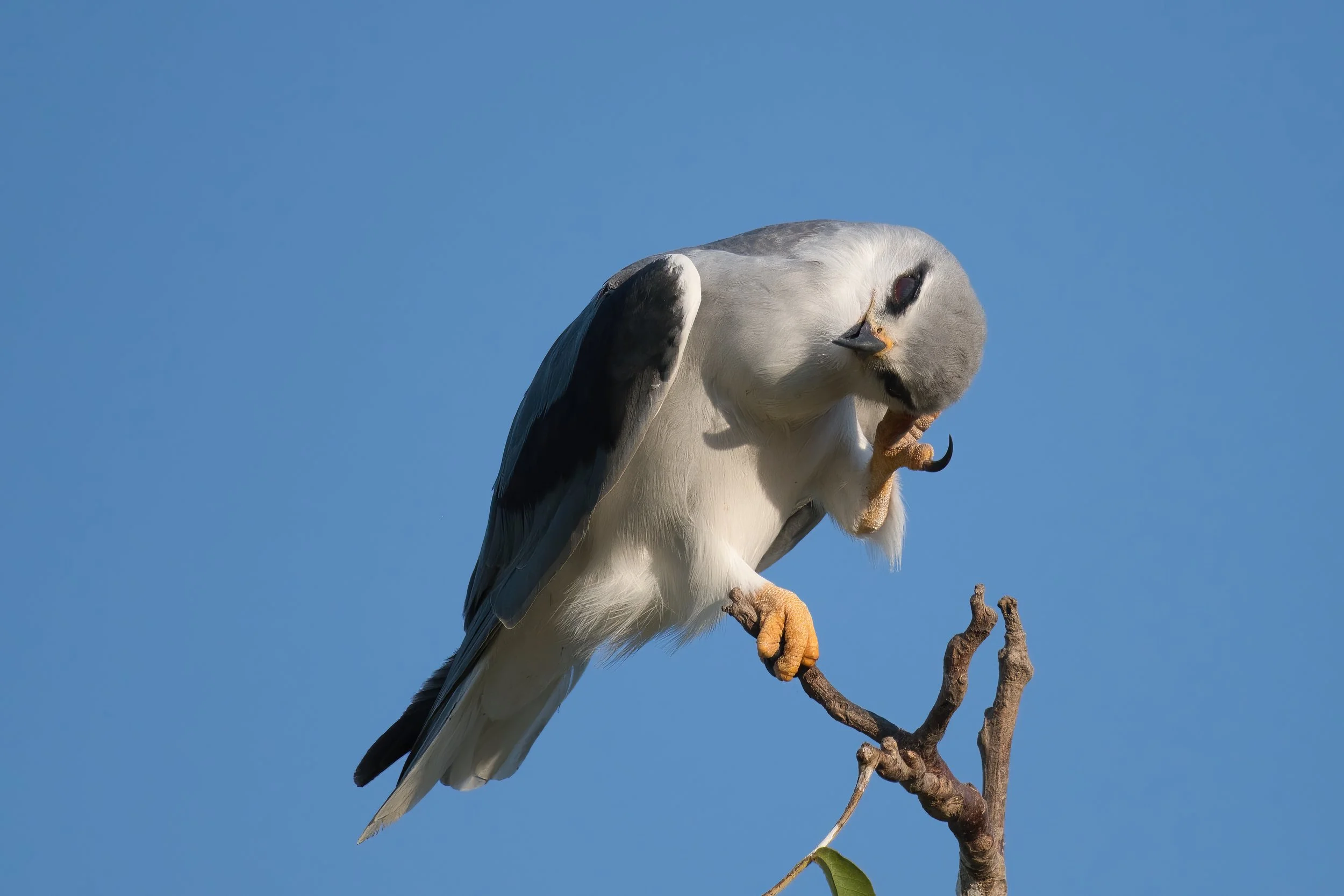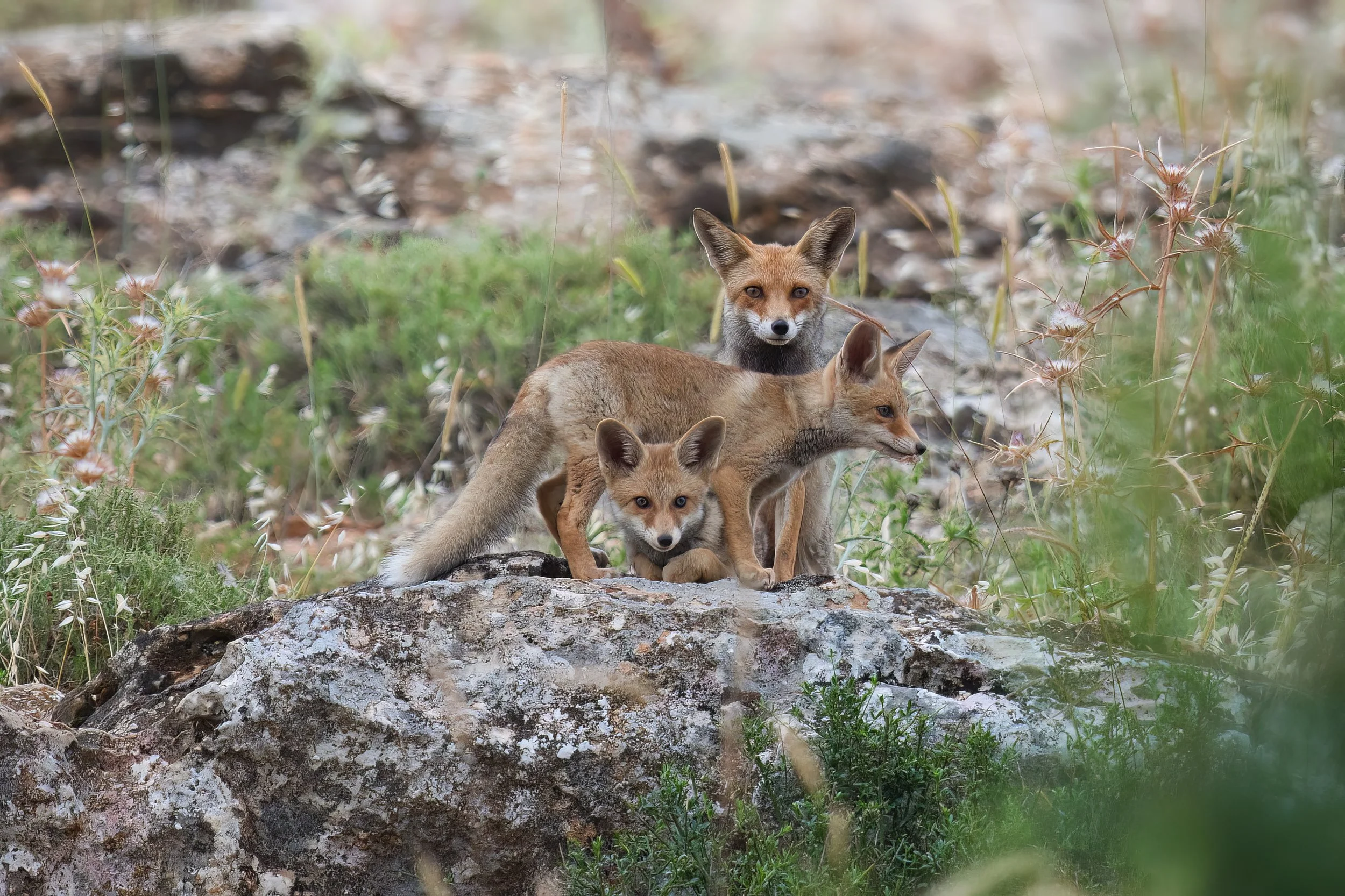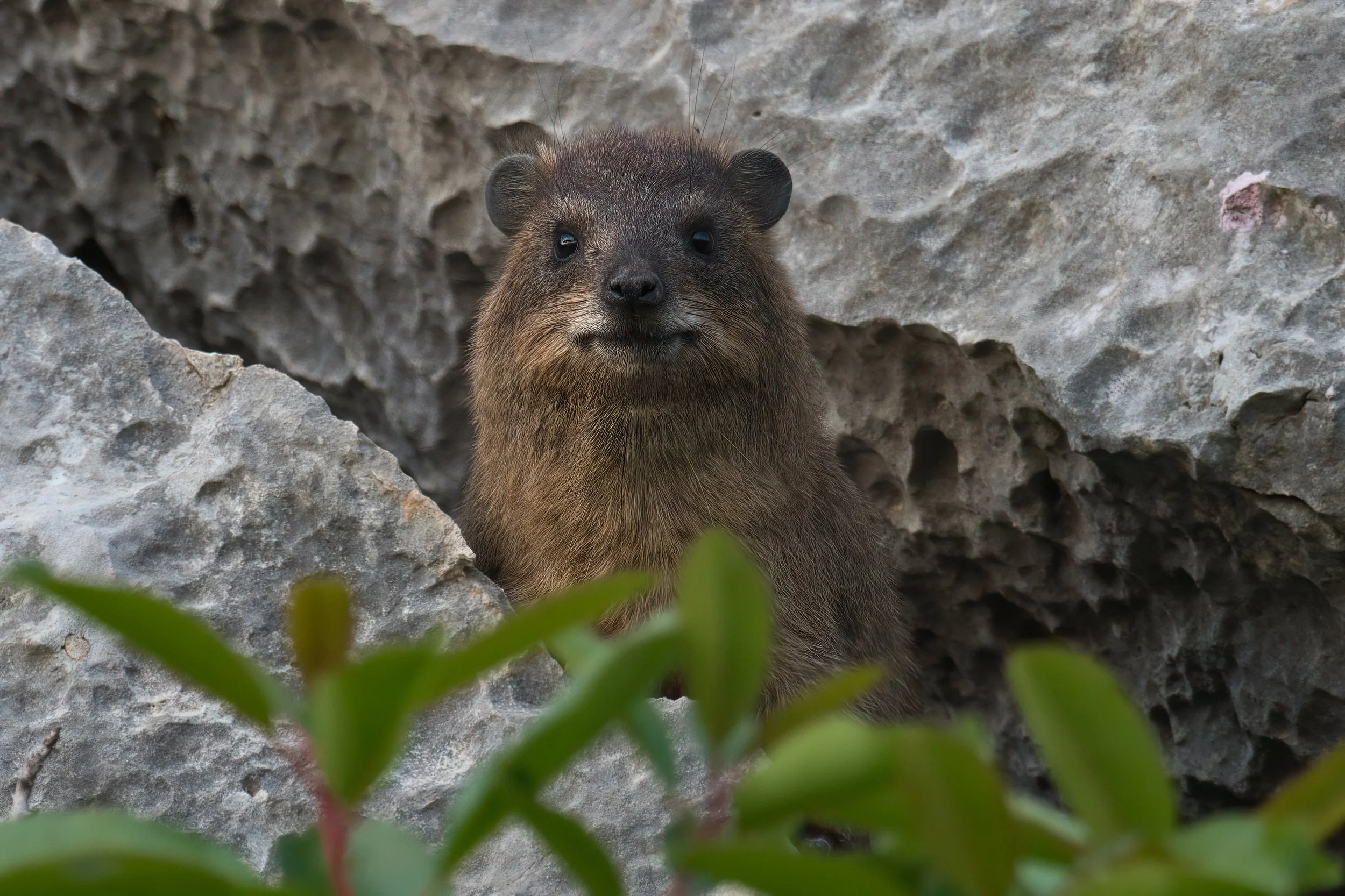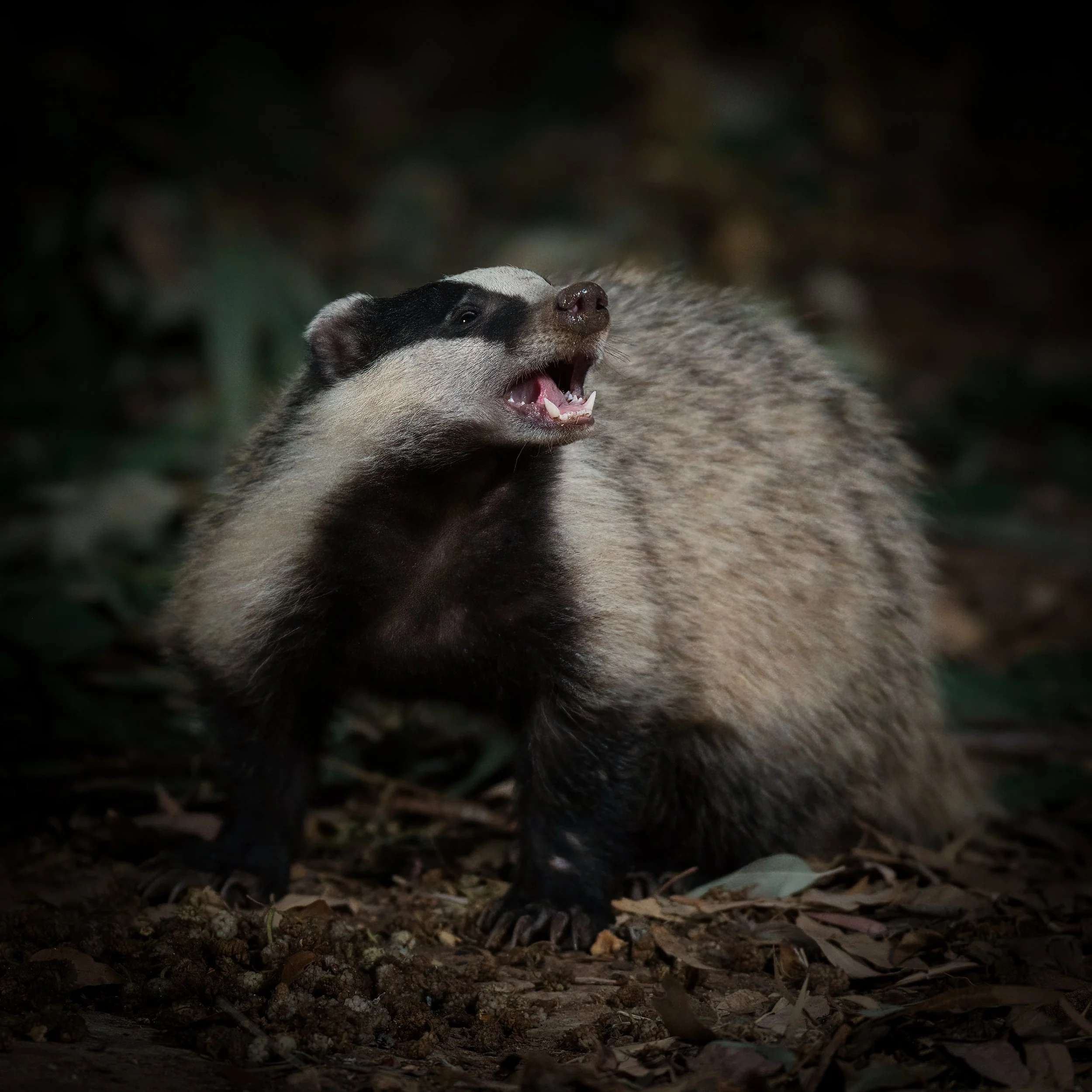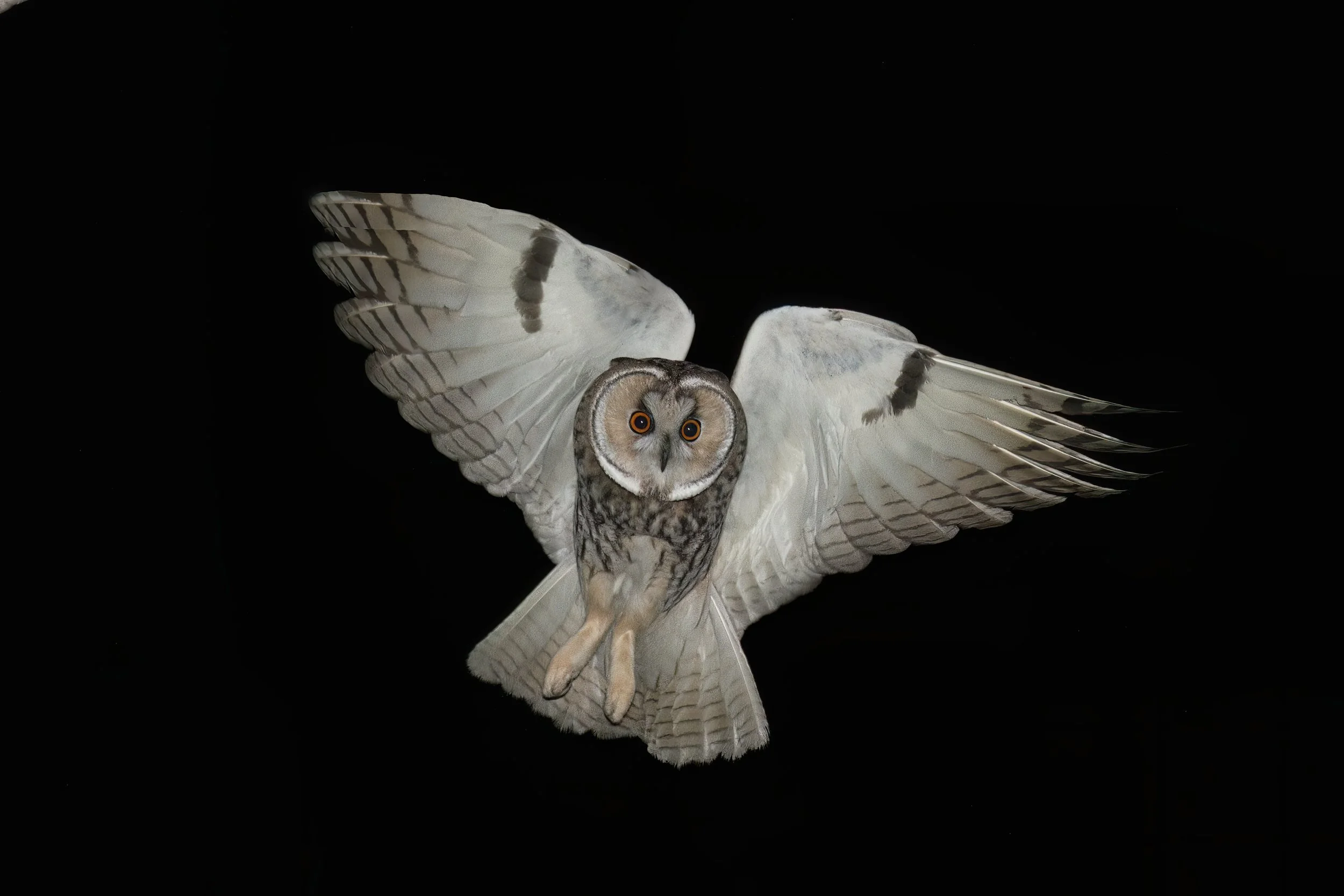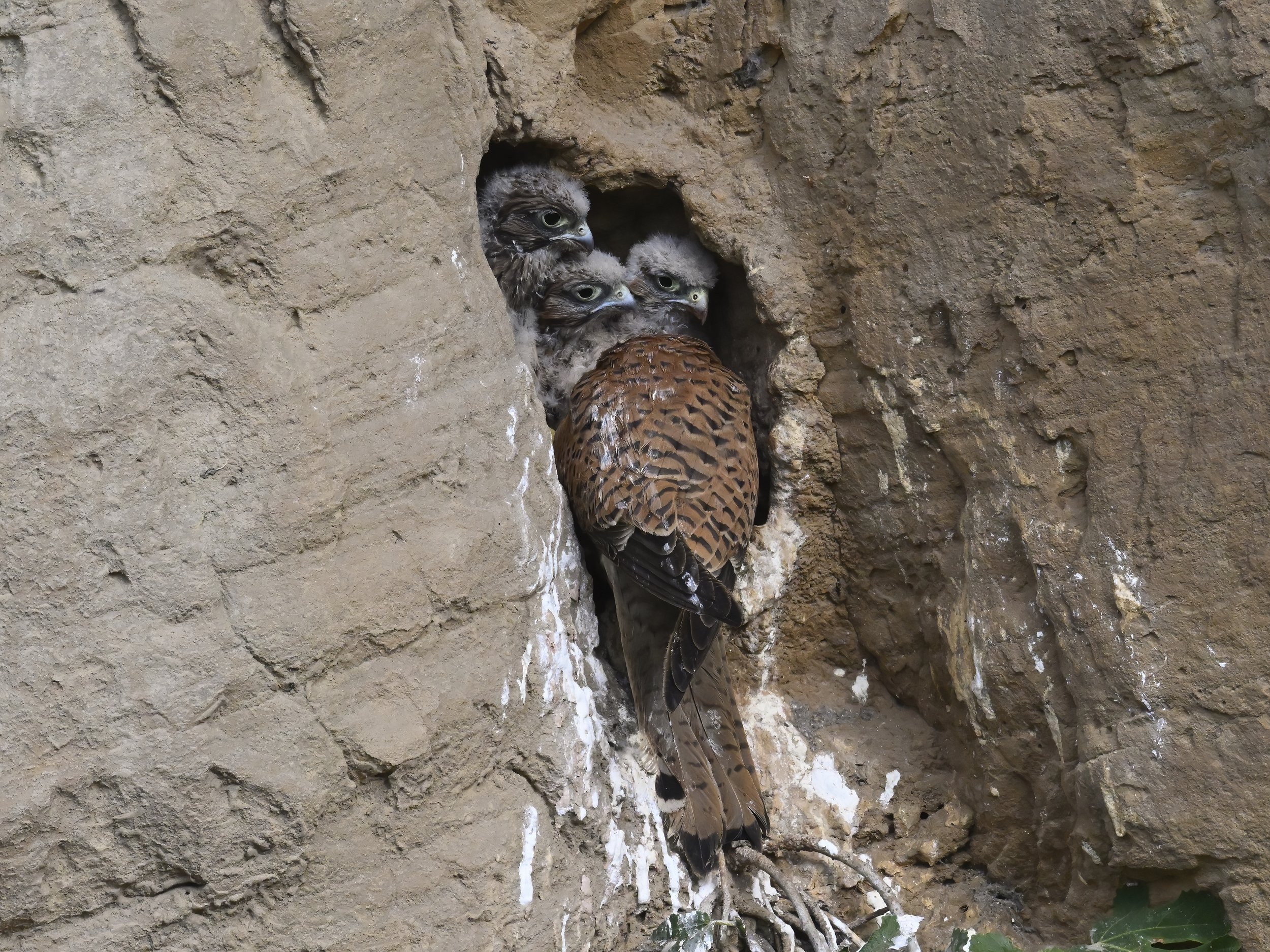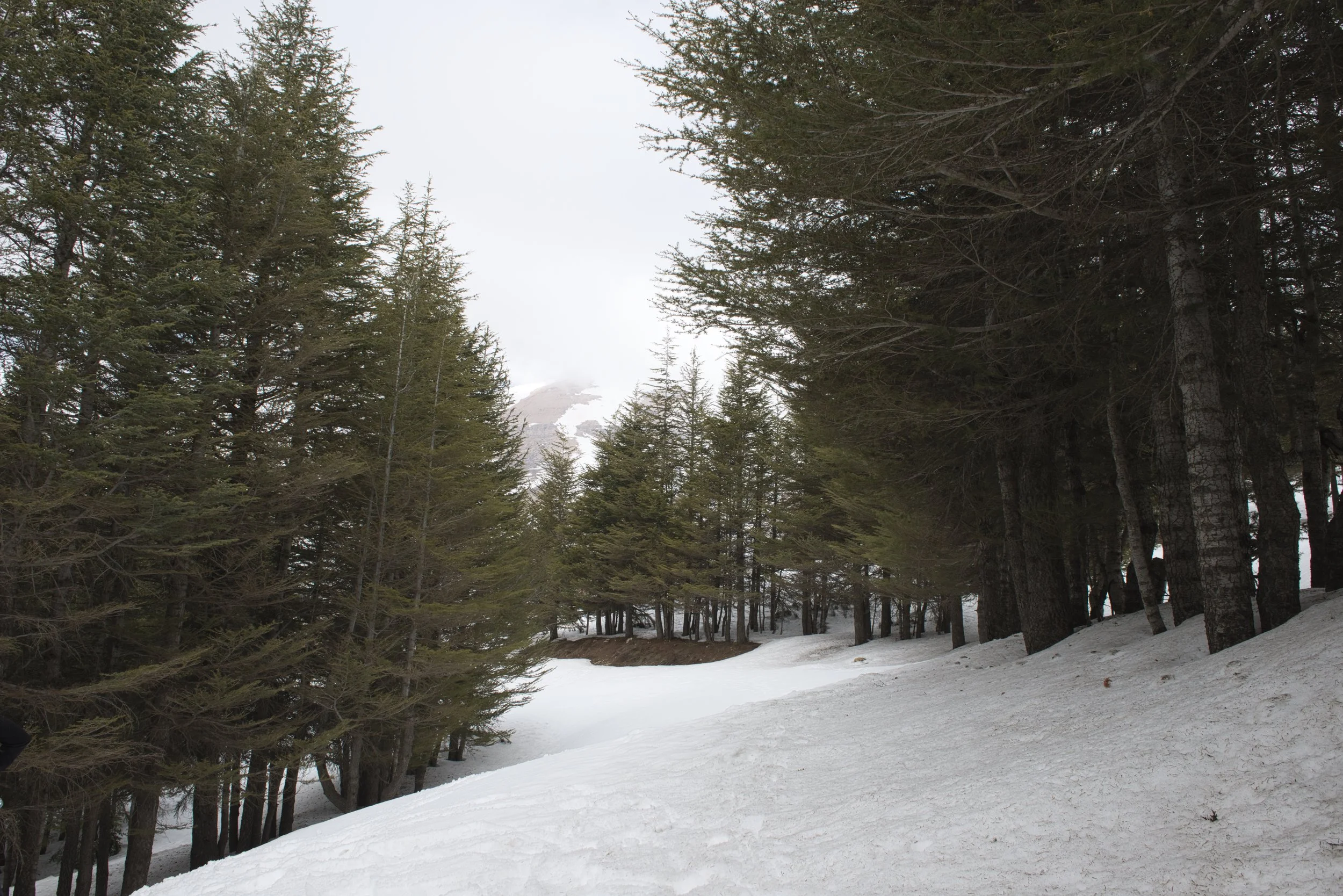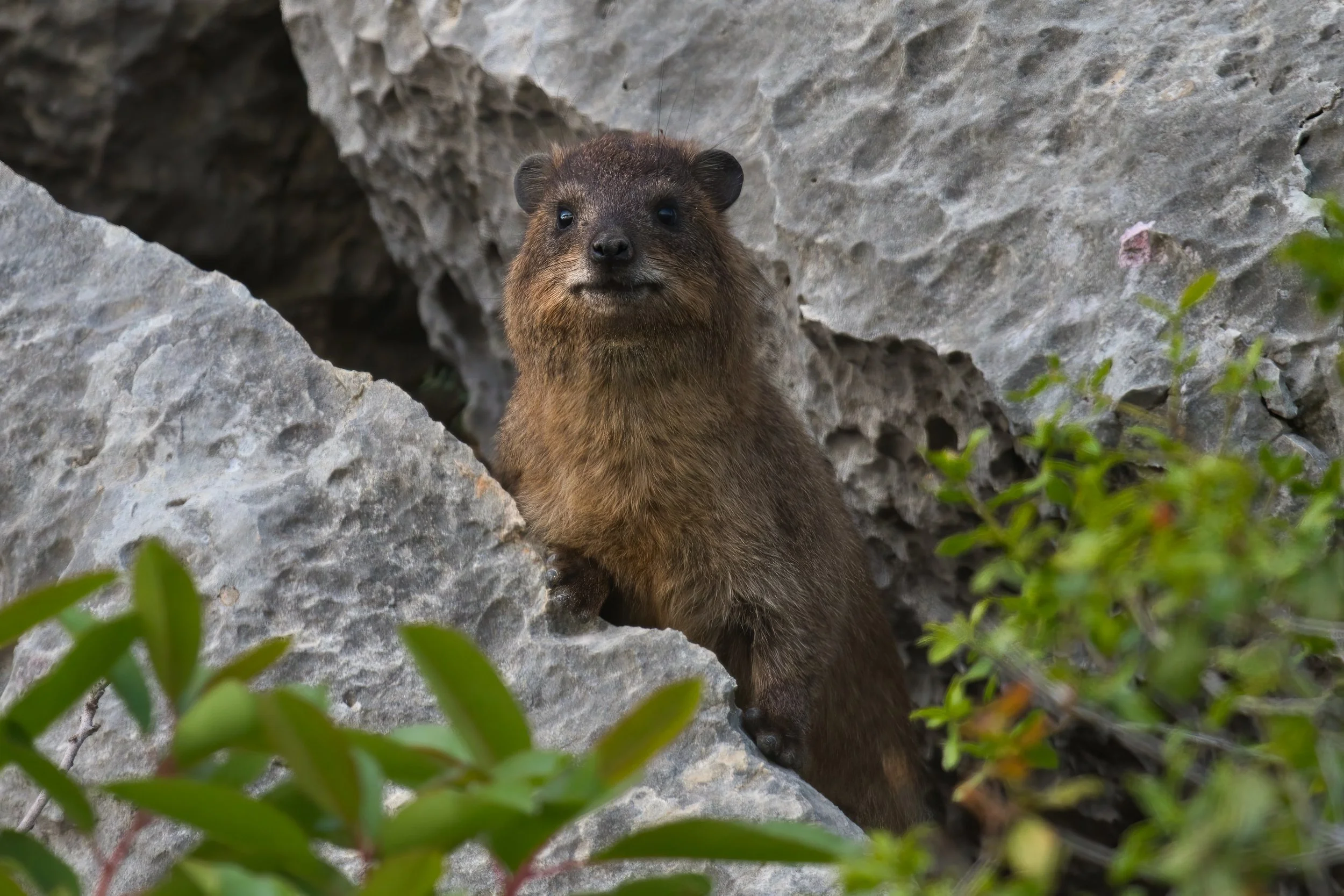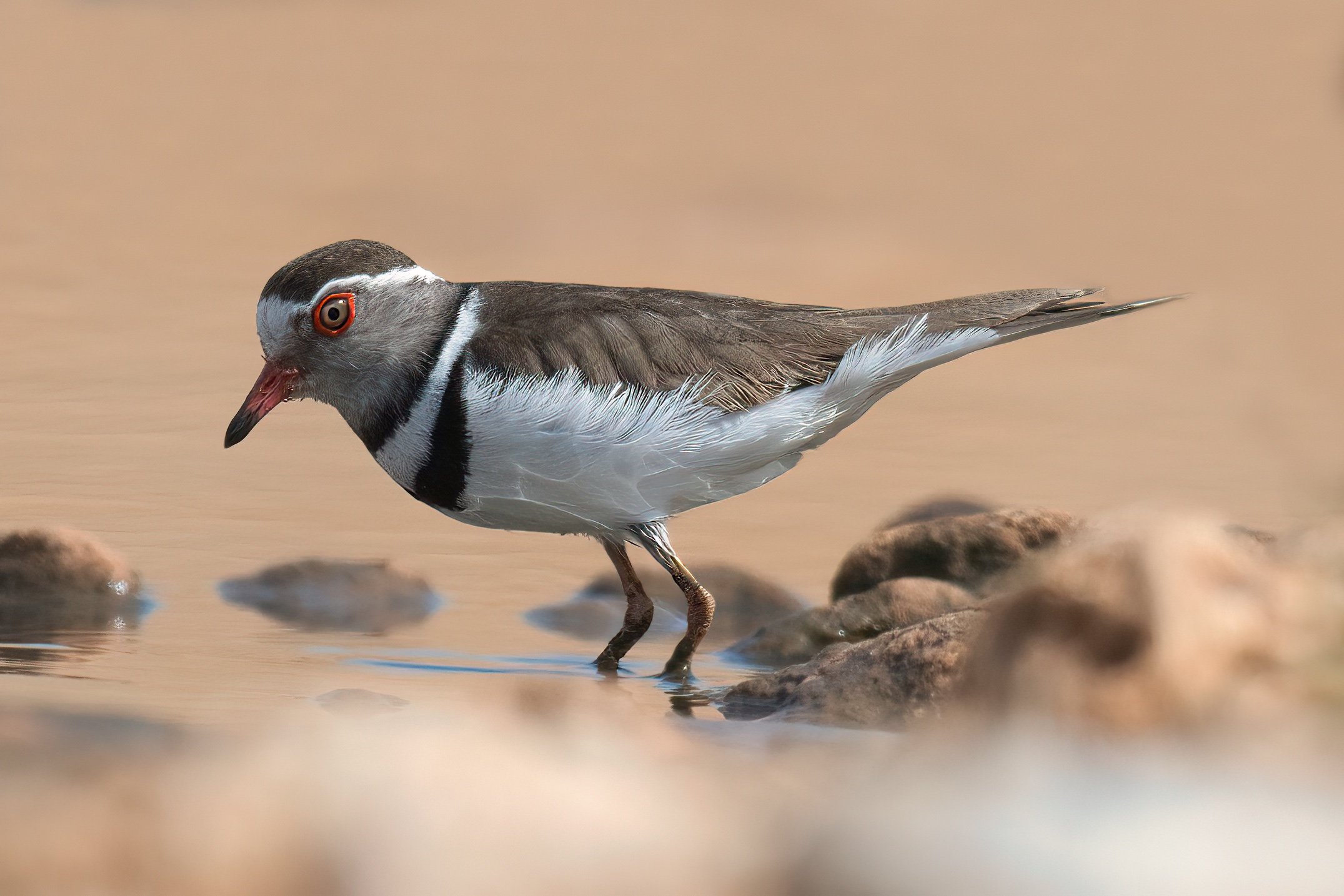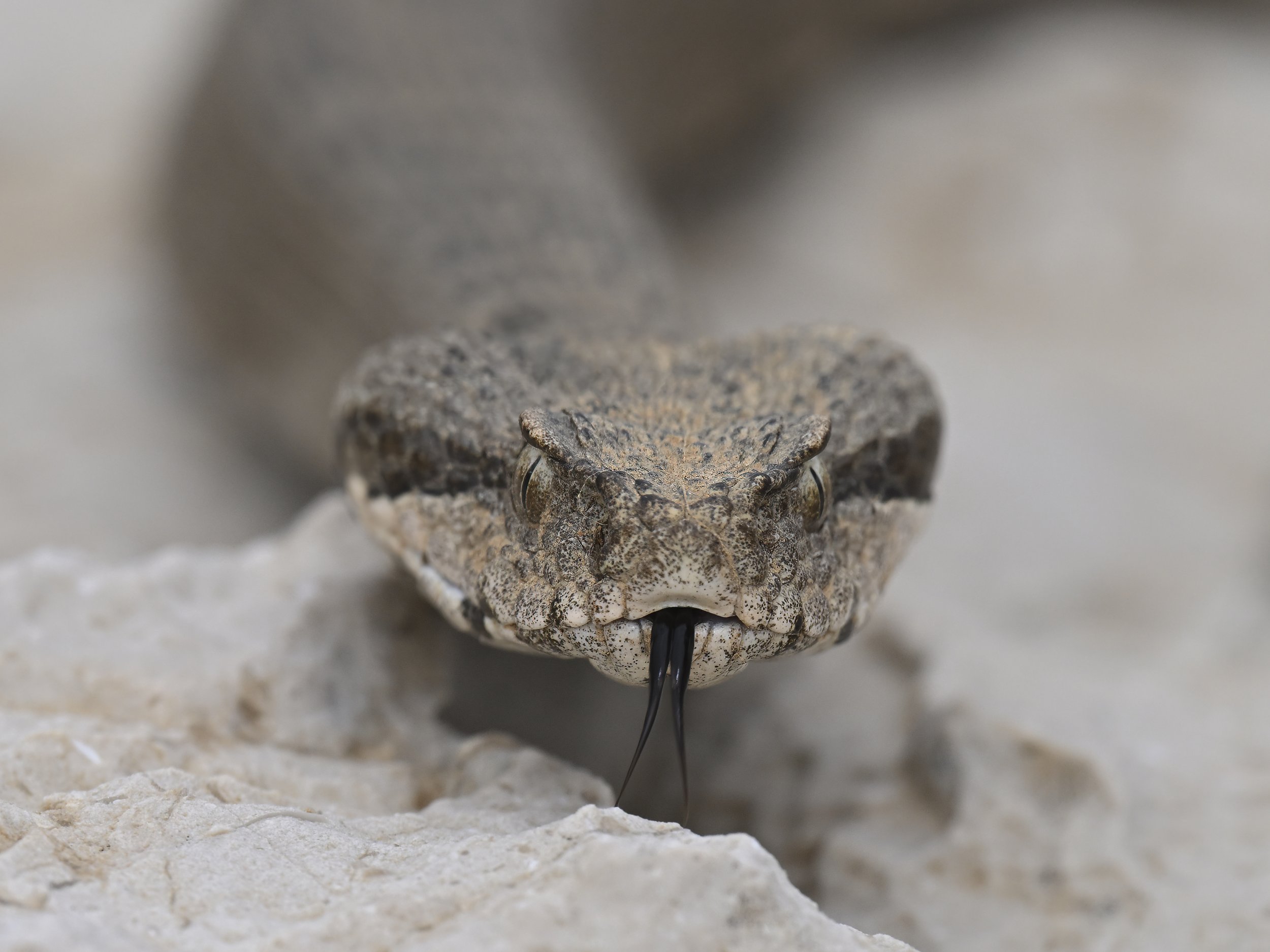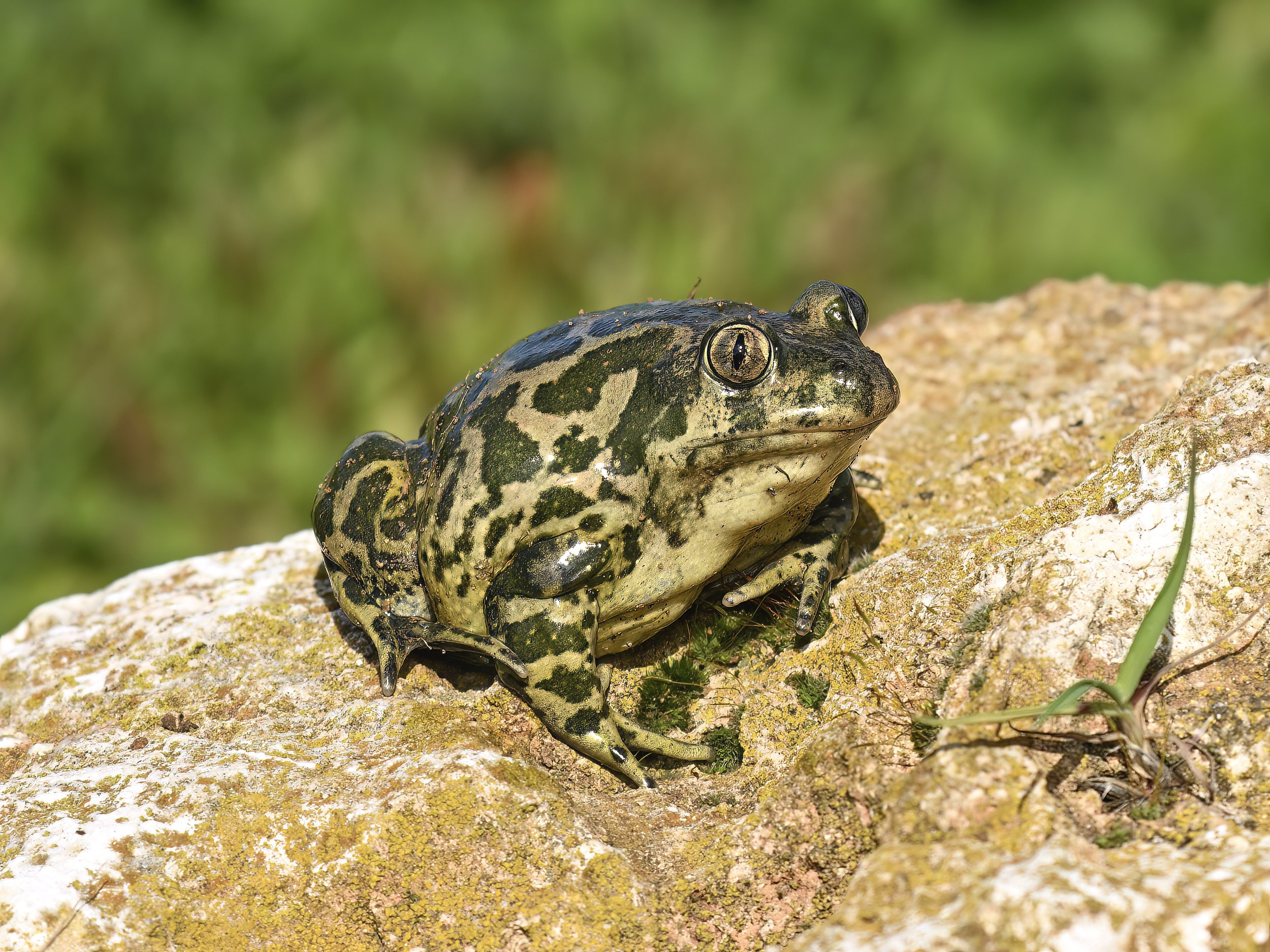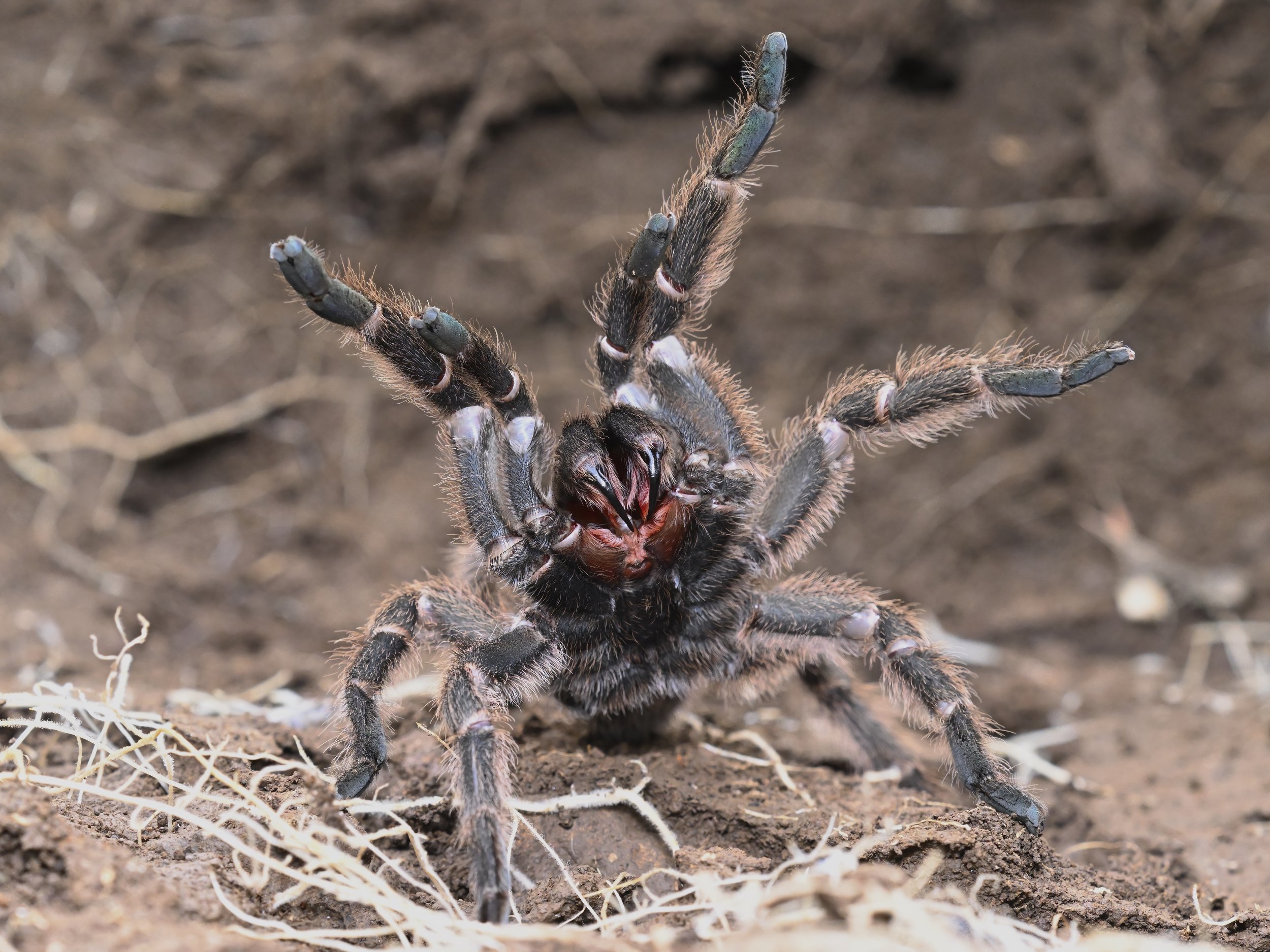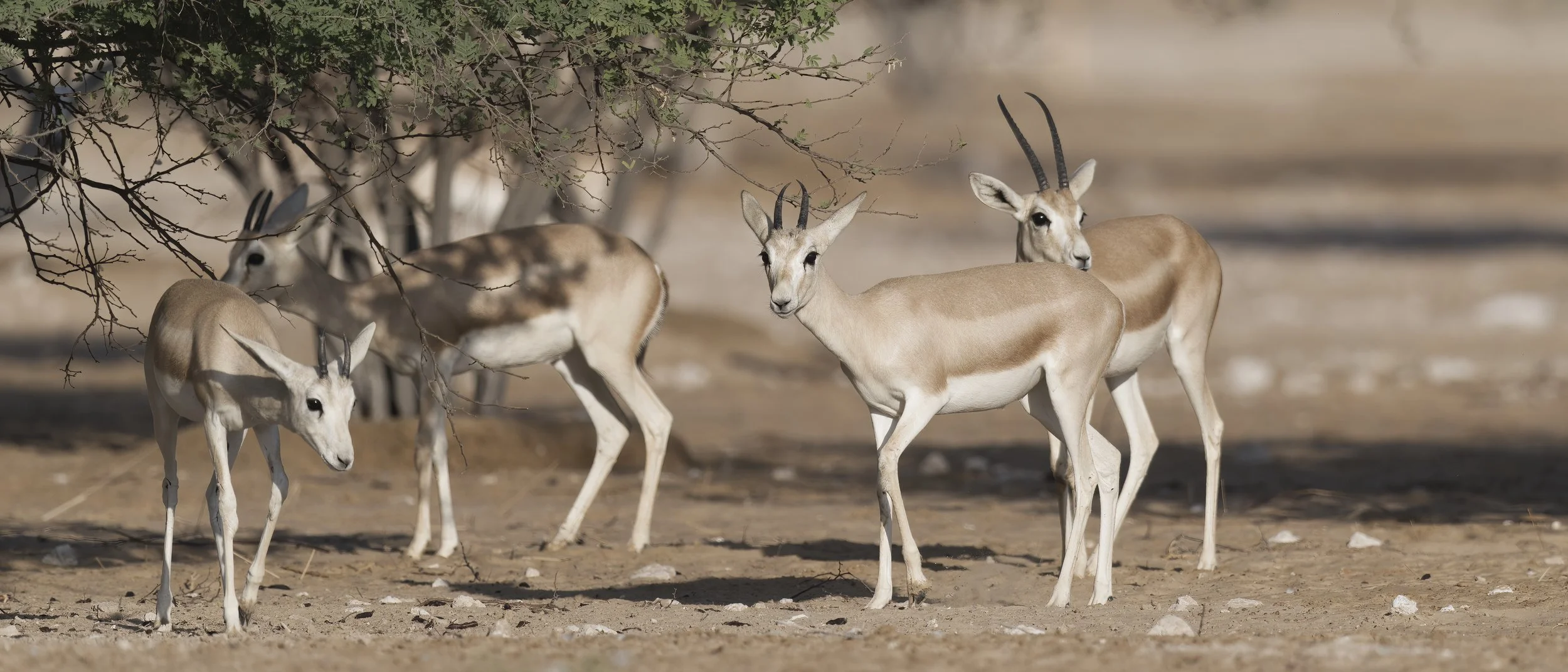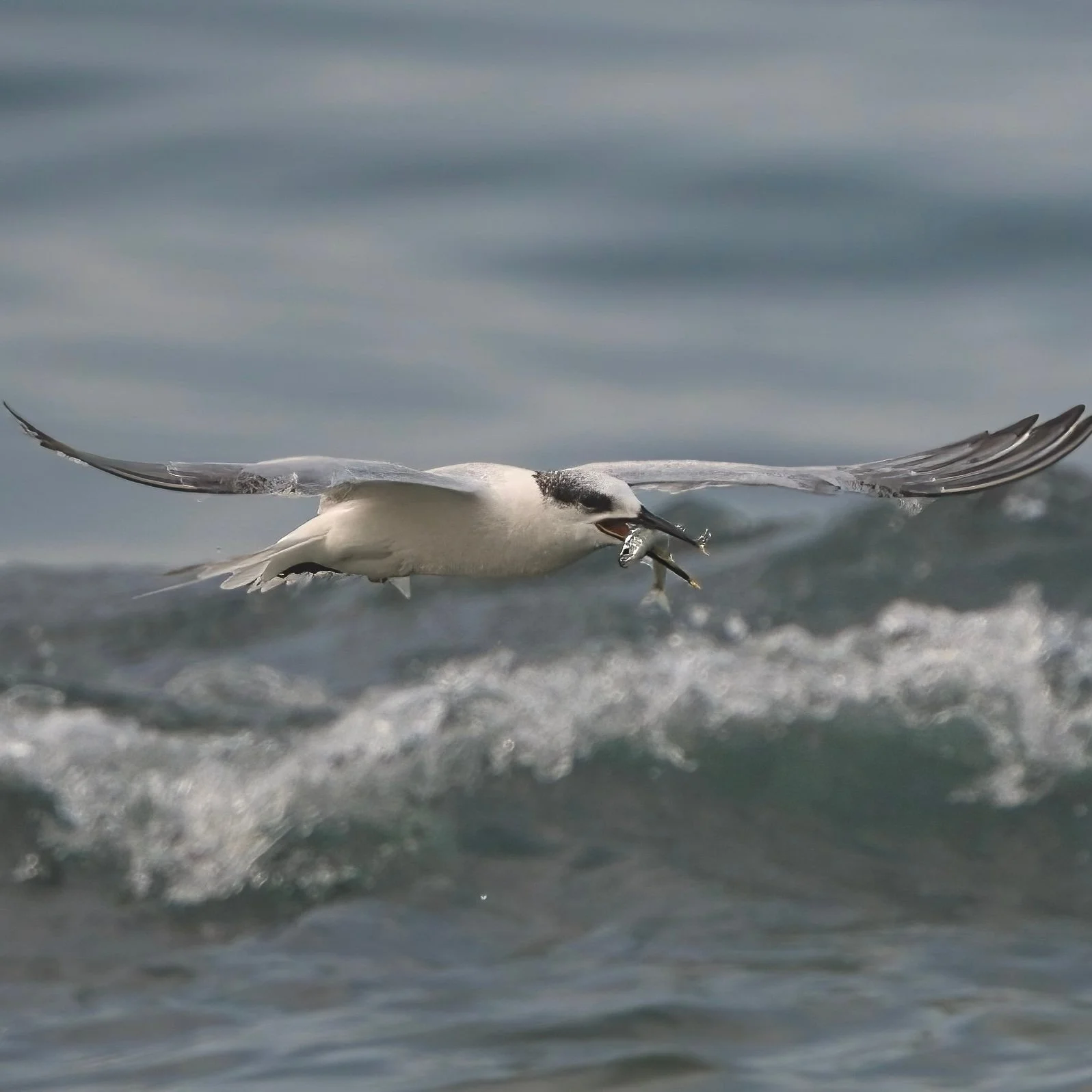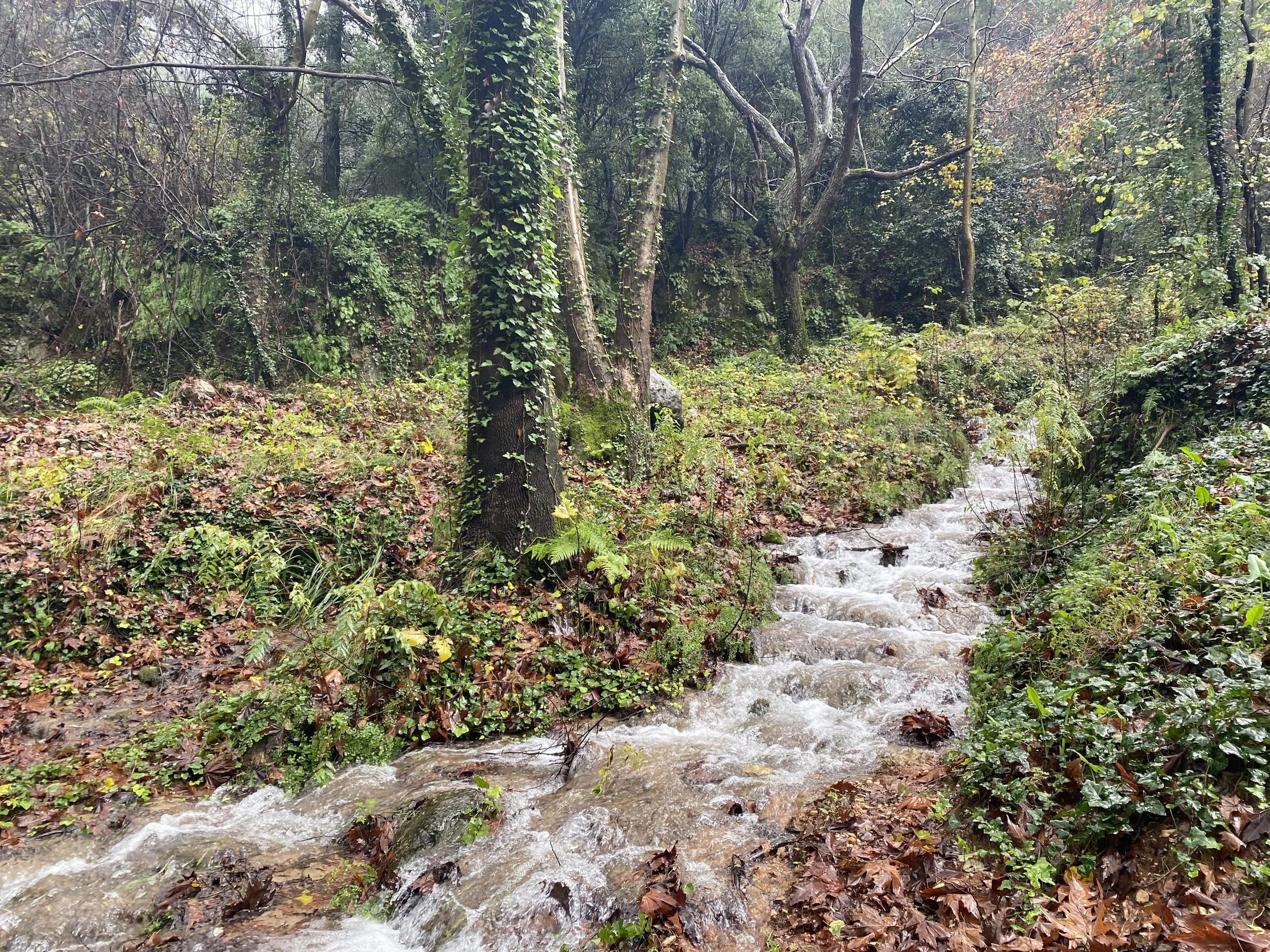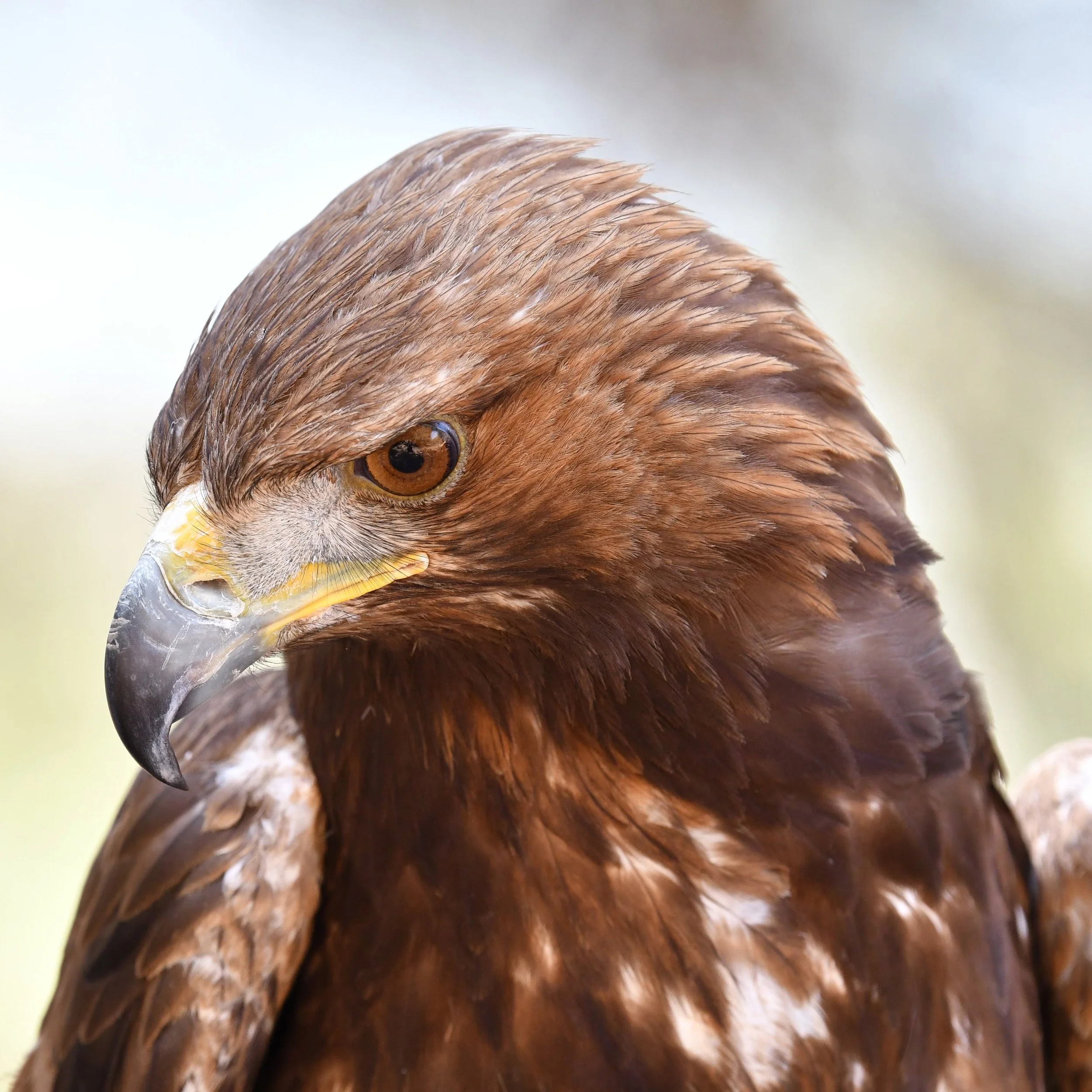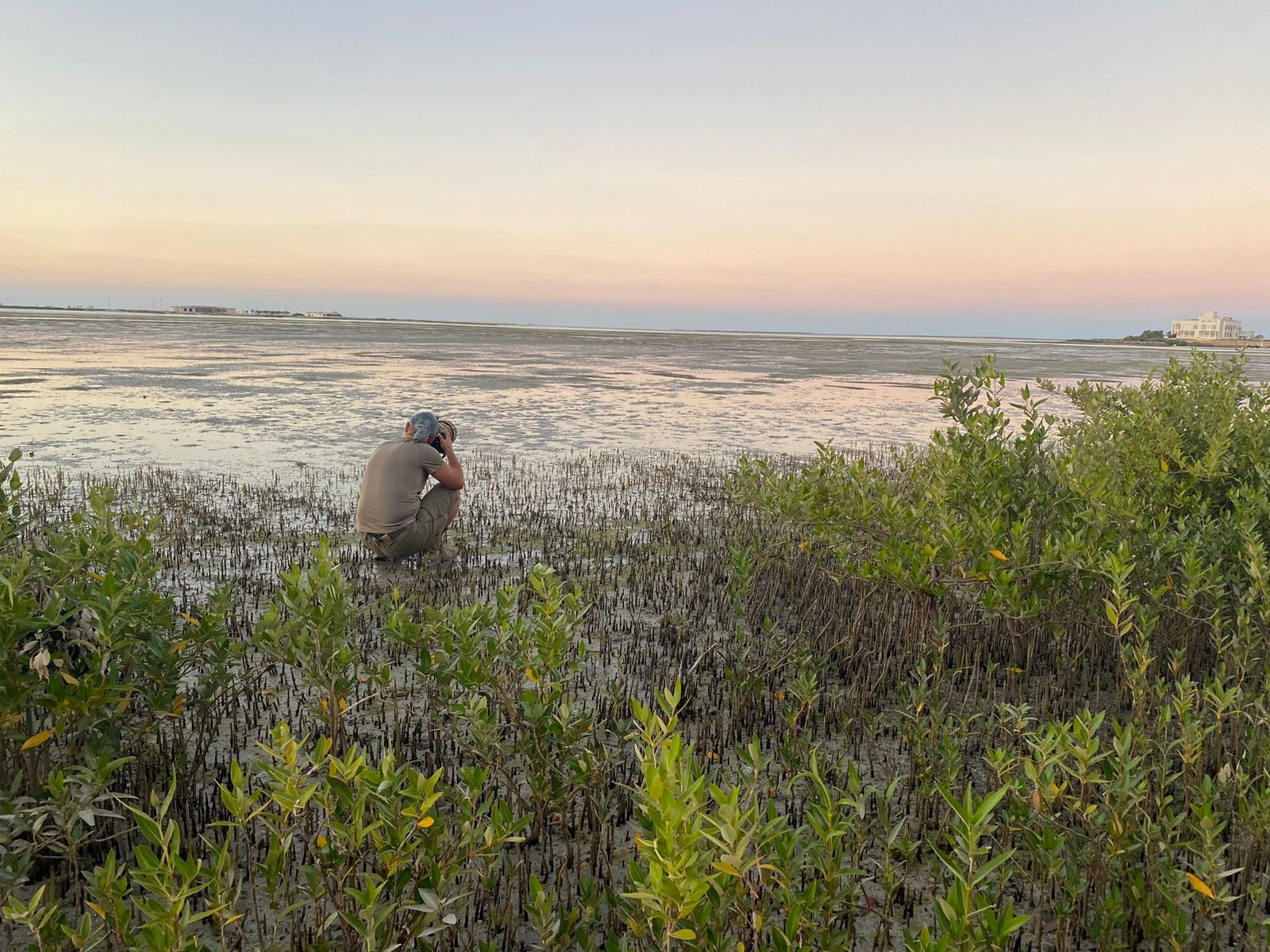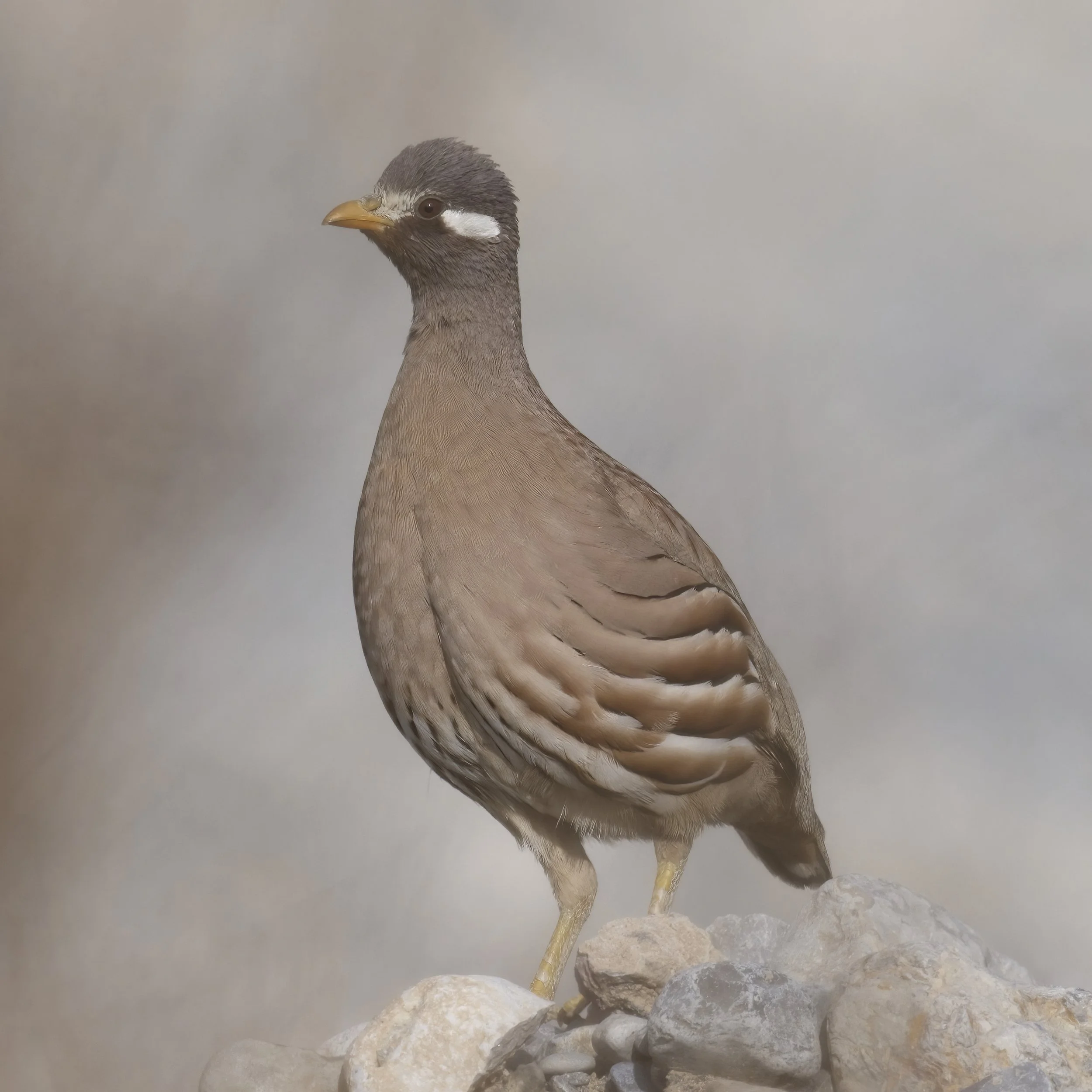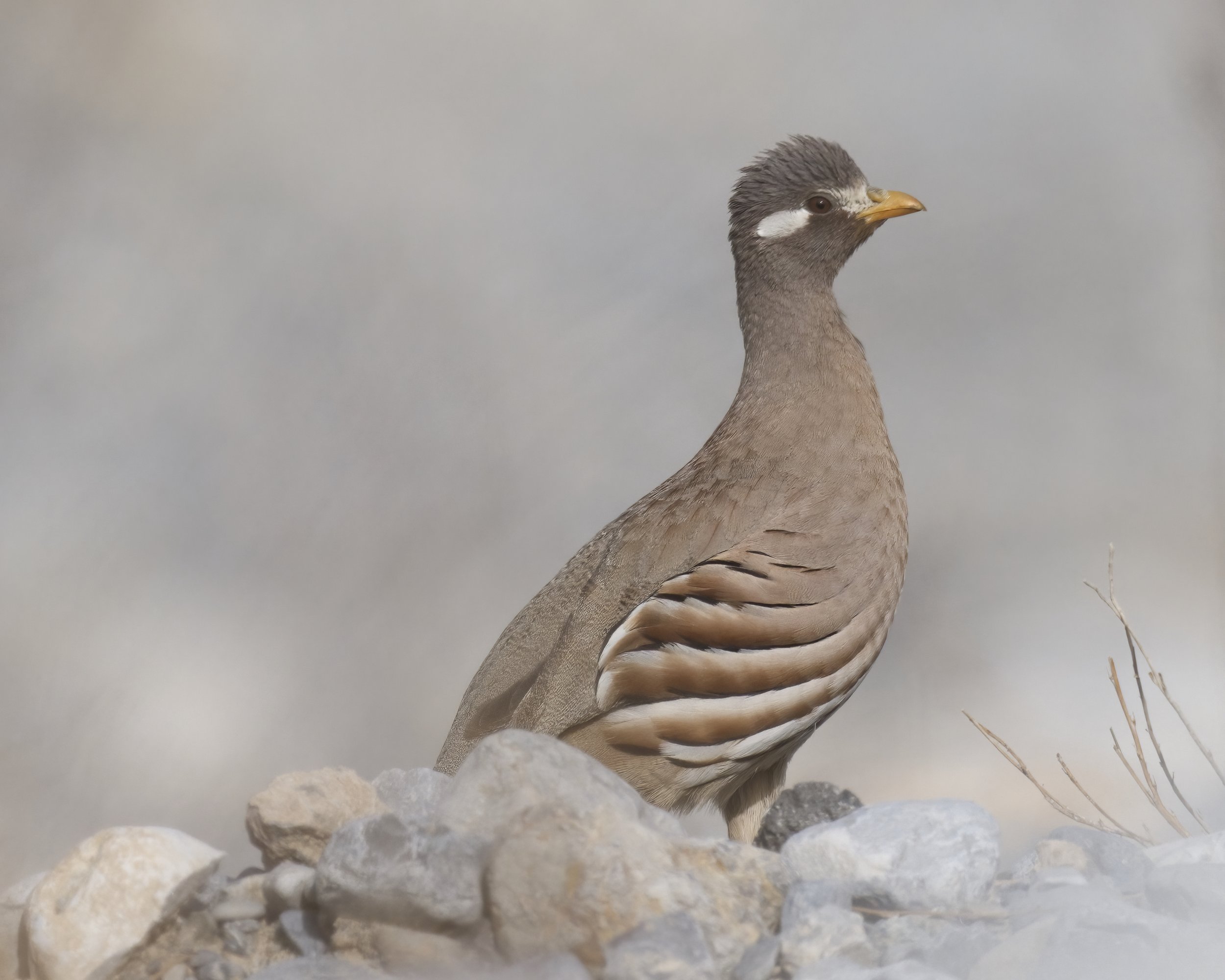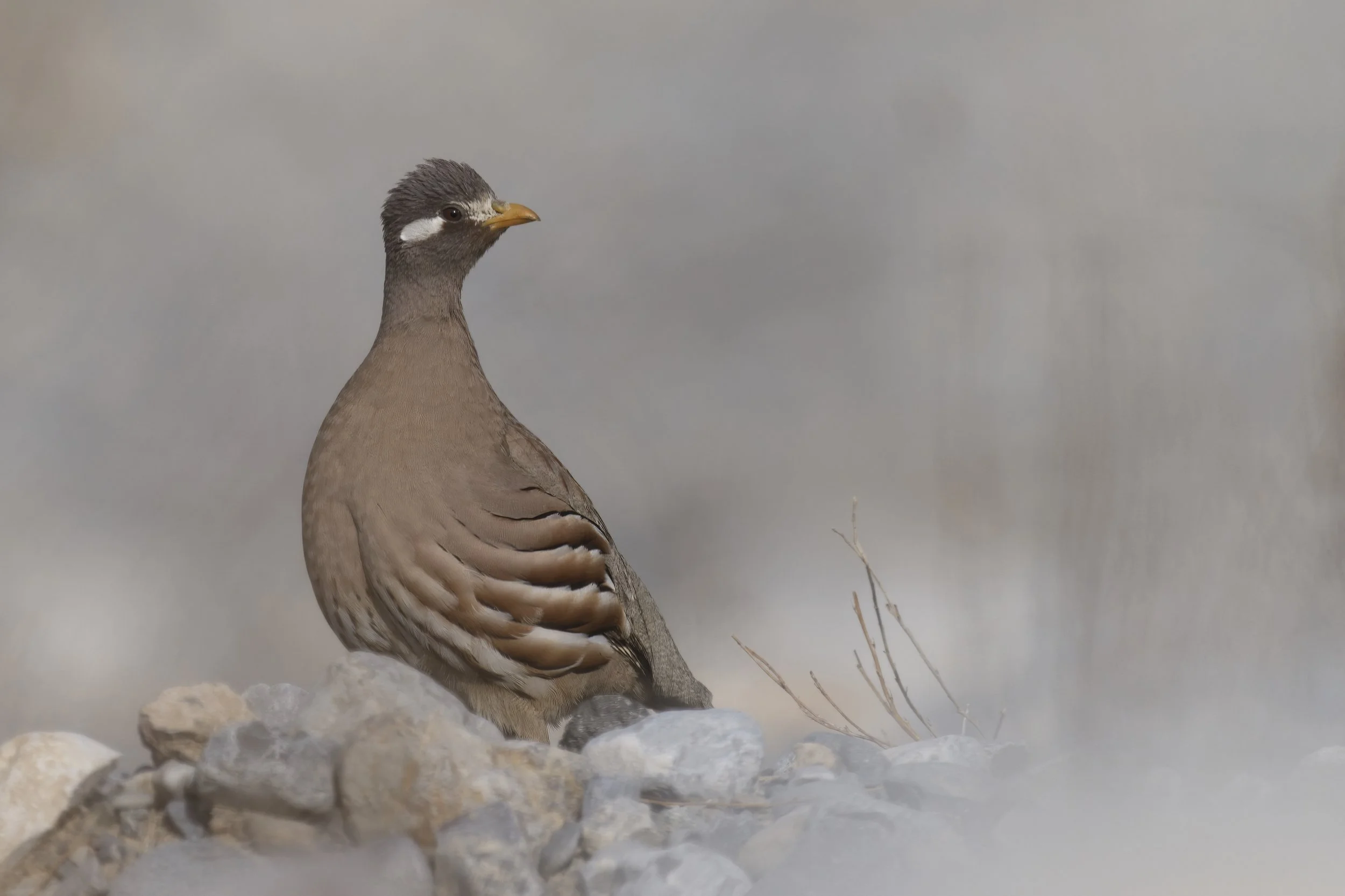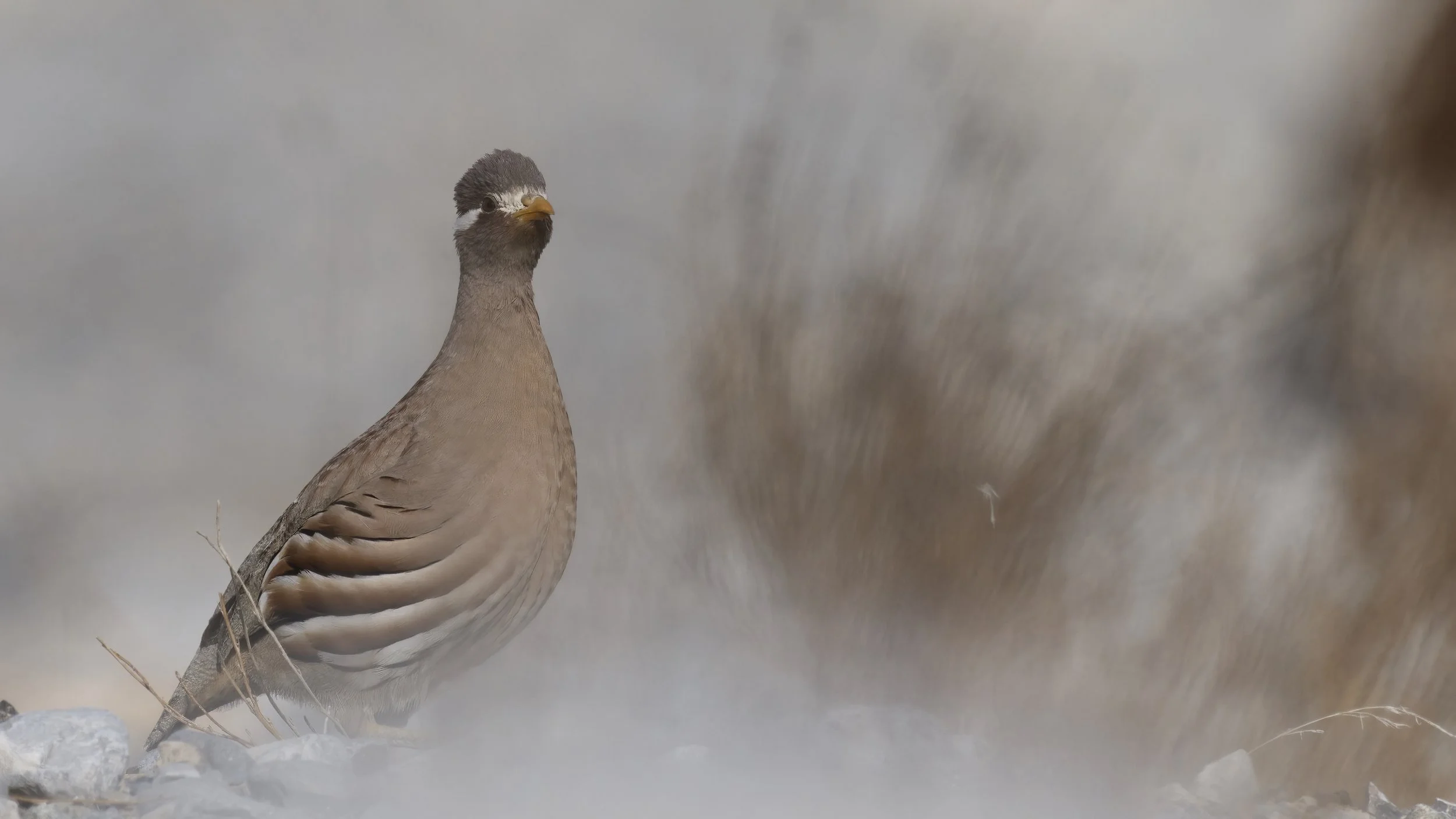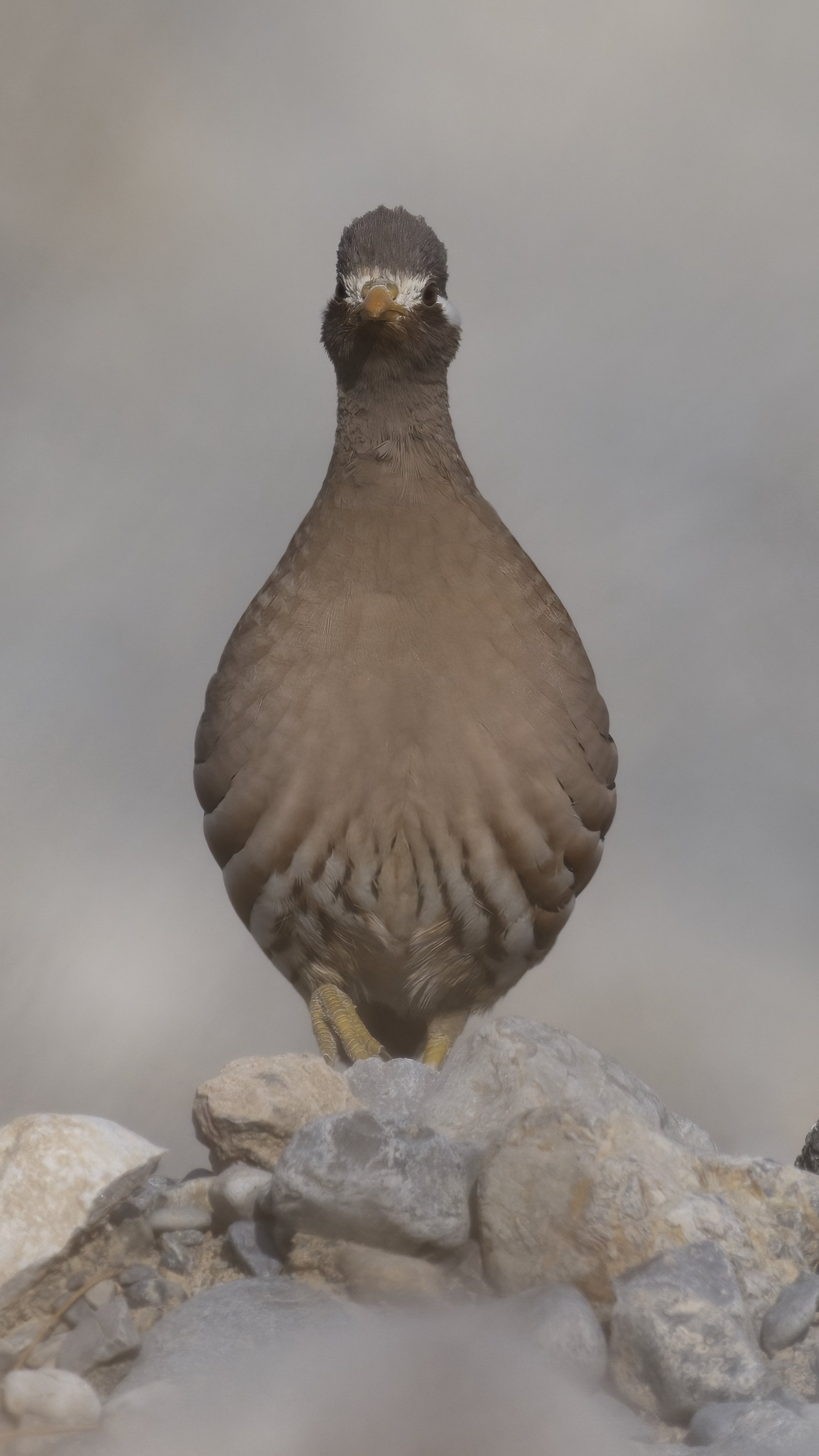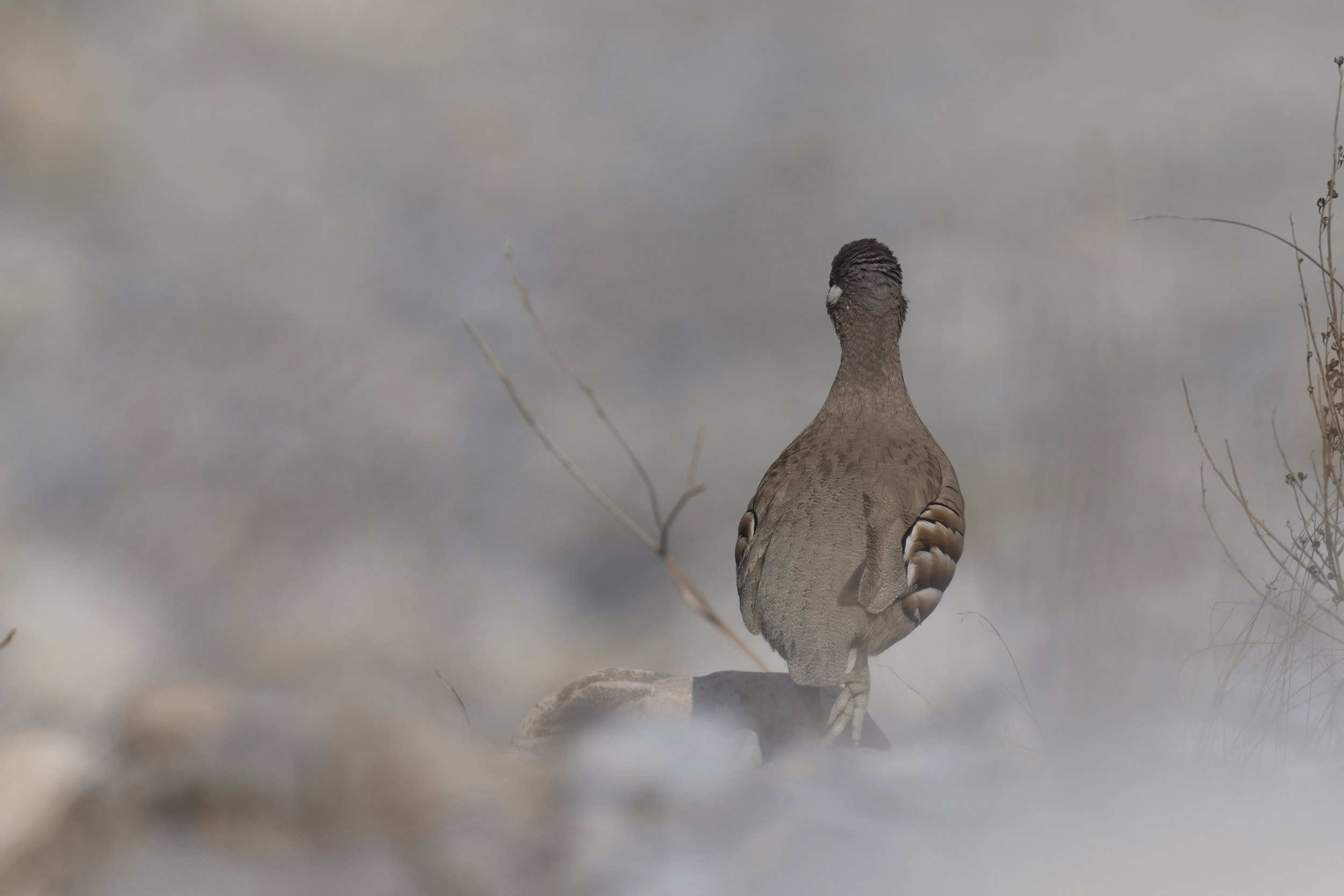Using AI (ChatGPT) to Prepare for Wildlife Photography: Optimizing Your Shoot
Using AI (ChatGPT) to Prepare for Wildlife Photography: Optimizing Your Shoot
Wildlife photography requires meticulous planning, patience, and adaptability. With the integration of AI tools like ChatGPT, photographers can now refine their preparation process to achieve optimal results. Here’s how leveraging AI can enhance your wildlife photography experience:
1. The Importance of Planning in Target Photography
Target photography focuses on capturing specific species or behaviors, making pre-execution planning essential. Proper preparation ensures:
Efficient Use of Time: In wildlife photography, opportunities can be brief. Planning camera settings, hide locations, and approach techniques in advance maximizes the chance of success.
Minimized Disturbance: Thorough preparation helps reduce stress on wildlife by limiting human presence and allowing photographers to remain stationary and unobtrusive.
Better Image Quality: Considering lighting conditions, distances, and subject behavior beforehand improves the likelihood of sharp, well-composed shots.
2. Understanding Species Behavior
Knowing your subject is crucial. For example, when preparing to photograph Sand Partridges in Jebel Jais, we used ChatGPT to:
Determine daily activity patterns, learning that early mornings are ideal.
Assess territorial and mating behavior, recognizing the importance of minimizing disturbance during breeding seasons (February to April).
3. Equipment and Setting Optimization
AI helps photographers make informed decisions about camera settings tailored to environmental conditions:
With a Nikon Z9, 800mm lens, and 1.25x teleconverter (1000mm equivalent), we calculated the ideal distance to capture close-up shots with minimal cropping (12-18 meters).
Discussed settings for early morning low light:
ISO 6400, f/7, resulting in an estimated 1/500 to 1/1000 sec shutter speed at 6:30 AM.
Adjustments at 7:00 AM suggested lower ISO (1600-3200) with faster shutter speeds (1/4000 to 1/8000 sec).
4. Minimizing Disturbance
Sustainable wildlife photography emphasizes respect for the subject:
We discussed how frequent visits can stress wildlife, advising a few days' break if birds show discomfort.
Highlighted the importance of stationary, well-camouflaged hides, using silent shutter mode and subtle movements to avoid alarming the subjects.
Changing the hide place every time to maximize camouflage effectiveness.
5. Adapting Based on Conditions
ChatGPT provided real-time strategies for adapting to changing light conditions:
Monitoring the light from sunrise (6:12 AM) onwards.
Adjusting shutter speed, ISO, and aperture dynamically to maintain image sharpness.
6. Execution: When the Plan Comes Together
On the day of the shoot, everything unfolded like clockwork. Arriving before dawn, we positioned our hide next to a large rock, fully camouflaged to blend seamlessly with the rocky terrain of Jebel Jais. As the first light painted the horizon, the Sand Partridges emerged, heading towards its favored spot.
With the Nikon Z9 set to silent shutter mode, the first shots were taken at 6:30 AM. Staying motionless and subtle with every movement, we observed as the birds began foraging. As the golden morning light intensified, adjustments to the settings allowed for faster shutter speeds, ensuring every feather detail was sharp.
7. Outcome and Future Repetition
The successful execution was a testament to how preparation meets opportunity. The shots achieved during this session not only document the elusive Sand Partridge but also highlight the importance of meticulous planning. To maintain the birds' trust, future sessions will be spaced a few days apart, continuing to respect the natural behavior of these remarkable birds.
Conclusion
Using AI like ChatGPT offers wildlife photographers a powerful tool to enhance their preparation, adjust to environmental variables, and maintain ethical practices. From determining optimal distances to adjusting camera settings for lighting conditions, AI provides insights that were once only available through extensive trial and error. By integrating technology with field expertise, photographers can maximize their chances of capturing stunning, natural wildlife images.
